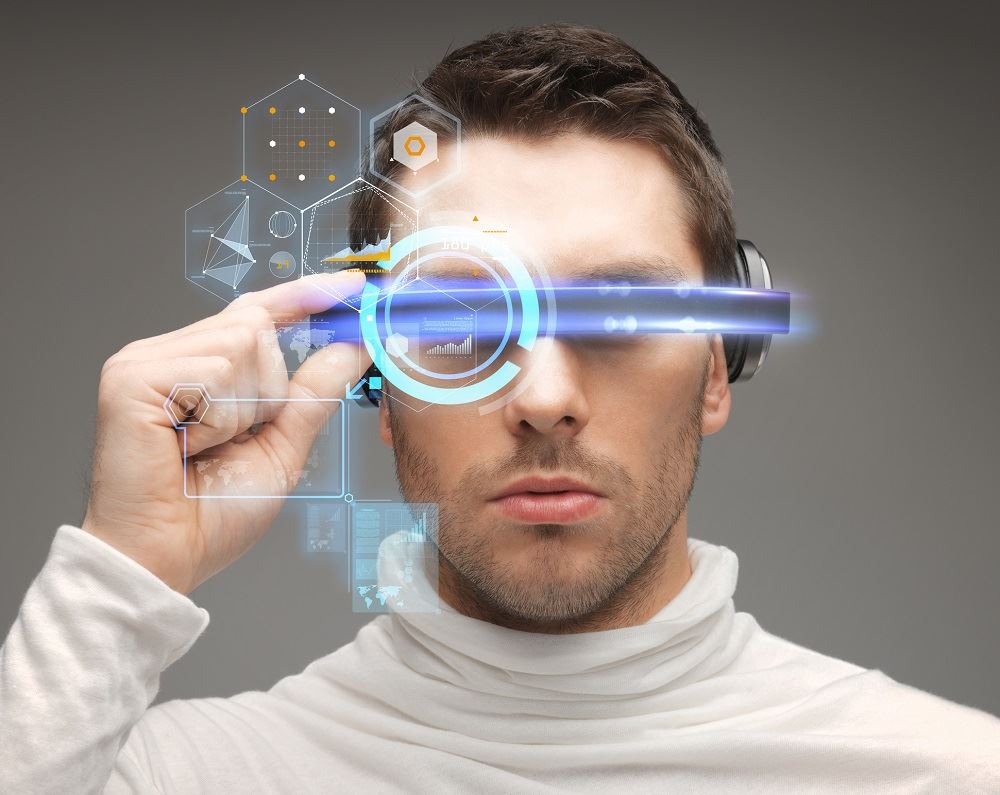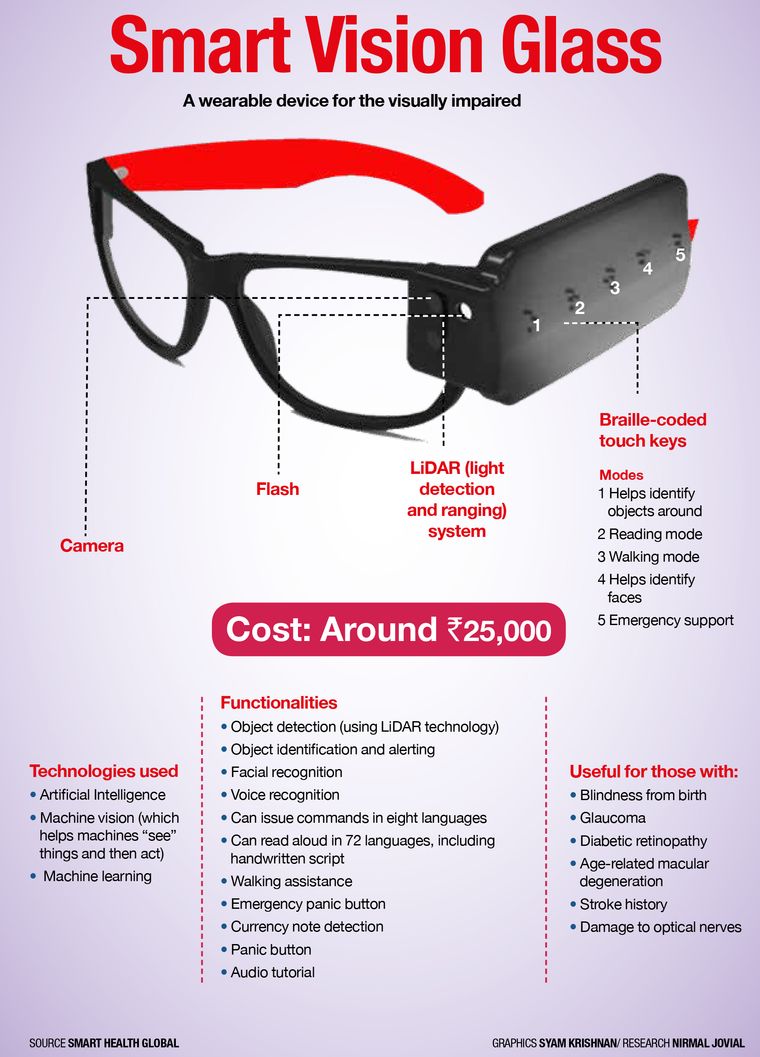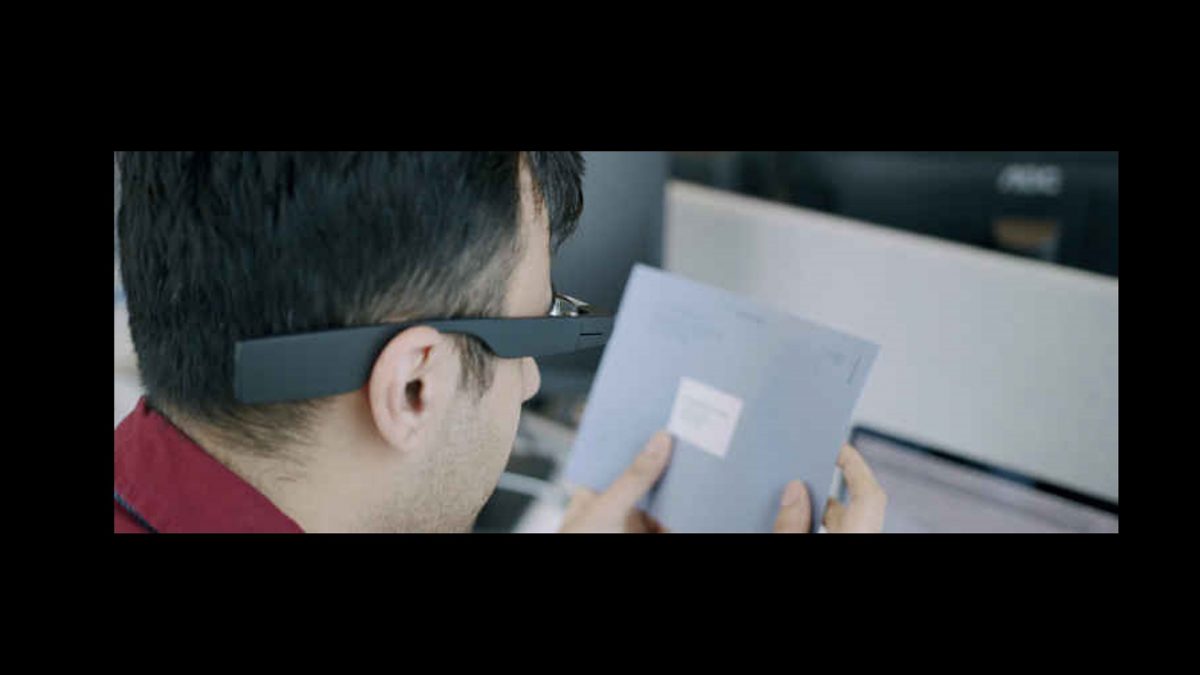Speech-to-Text Devices for Low Vision Users: Enhancing Communication and Productivity
Speech-to-Text Devices for Low Vision Users: Enhancing Communication and Productivity
Blog Article
Enhancing Accessibility Via Assistive Modern Technology for the Blind
The integration of assistive modern technology for the blind stands for a pivotal innovation in access, essentially modifying how people navigate their environments and involve with society. As we check out the diverse types of assistive gadgets and their substantial impacts on everyday living, it becomes important to take a look at how recurring technical innovations are improving the landscape of support for the blind area.
Overview of Assistive Innovation
Assistive modern technology describes a variety of gadgets and software application created to enhance the abilities of individuals with impairments, including those that are visually damaged or blind. This modern technology plays an essential duty in advertising freedom and enhancing the lifestyle for customers. By supplying alternate methods for accessing info and doing everyday jobs, assistive technology equips individuals to navigate their atmospheres a lot more successfully.
The advancement and application of assistive innovation accept a range of principles focused on cultivating availability. These principles include user-centered design, which prioritizes the requirements and preferences of the person, and the combination of technology right into daily tasks. Such developments make certain that assistive devices are not just useful however likewise user-friendly and very easy to utilize.
Moreover, assistive innovation encompasses a varied range of solutions, from low-tech choices like magnifiers to state-of-the-art technologies such as screen viewers and Braille displays. The recurring development of this field is driven by the demand to resolve the special difficulties faced by individuals with visual problems (Wearable technology for low vision). As innovation continues to breakthrough, the possibility for enhancing ease of access and promoting inclusivity stays appealing, ultimately adding to a much more equitable culture

Kinds Of Assistive Gadgets
Countless sorts of assistive gadgets are available to sustain individuals that are visually impaired or blind, each created to resolve certain demands and challenges. These tools can be generally categorized into three primary types: low-tech, mid-tech, and state-of-the-art remedies.
Low-tech tools consist of products such as magnifiers, Braille tags, and tactile maps. These are reasonably easy devices that improve the individual's capacity to engage with their setting without requiring intricate modern technology.
Mid-tech tools often involve advanced attributes, such as digital magnifiers and portable Braille note-takers. These devices can use performances like speech outcome, allowing users to gain access to details extra successfully.

Effect On Daily Living
The schedule of numerous assistive devices considerably boosts the high quality of life for people that are aesthetically impaired or blind, affecting their daily living in profound means. By integrating innovations such as screen visitors, Braille displays, and audio summary services into their routines, individuals acquire higher autonomy and self-reliance. These tools help with accessibility to details, allowing people to carry out daily tasks, such as reading e-mails, browsing public spaces, and taking pleasure in media web content.
Furthermore, assistive gadgets encourage people to involve even more fully in social interactions and area activities. The capability to utilize smart devices outfitted with accessibility functions permits smooth interaction and link with others. This connection promotes a sense of belonging and decreases sensations of isolation.
In specialist settings, assistive modern technology sustains productivity by permitting people to total job jobs successfully. Devices like voice recognition software application and specialized zoom tools allow customers to join the workforce on equal ground with their sighted peers.

Advancements in Technology
Current technological developments have actually substantially changed the landscape of tools available for individuals who are aesthetically damaged or blind. The assimilation of expert system (AI) and artificial intelligence has provided rise to applications that boost navigating and item recognition. For instance, smart device apps can currently use AI to recognize and explain surroundings her explanation in real-time, giving individuals with valuable contextual info.
Furthermore, innovations in haptic technology have actually caused the development of smart canes furnished with sensing units that spot obstacles and supply responsive comments. This encourages individuals to navigate their setting with raised confidence and self-reliance. Developments in text-to-speech software application and braille display screens have actually improved the ease of access of digital material, permitting for seamless communication with numerous media.
Wearable innovations, such as clever glasses, are likewise making strides in assisting visual impairment. As modern technology proceeds to evolve, the capacity for also more transformative tools remains on the perspective.
Future Trends and Innovations
As technology swiftly progresses, the future of assistive devices for people that are blind holds enormous guarantee. Advancements in expert system (AI) and device read more understanding are poised to transform the method blind individuals connect with their settings. For example, AI-driven applications are being developed to enhance item recognition, enabling users to recognize and navigate their environments with higher convenience and accuracy.
Furthermore, innovations in haptic feedback technology are allowing the production of responsive maps and navigating help that give real-time information through touch. These advancements not just improve flexibility yet additionally foster independence. Furthermore, wearable gadgets equipped with augmented truth (AR) features are emerging, supplying customers aesthetic details with sound descriptions, thereby connecting the void between the digital and physical globes.
Moreover, the integration of wise home modern technology presents brand-new chances for ease of access, allowing people to control their living atmospheres through voice commands or smartphone applications. As collaboration between tech developers and the blind area continues, the concentrate on user-centered style will make check my blog sure that future developments are customized to fulfill the distinct requirements of this populace (Wearable technology for low vision). The trajectory of assistive modern technology promises a much more empowering and comprehensive future for people that are blind
Verdict
In final thought, assistive technology plays a critical duty in boosting accessibility for people with aesthetic problems. Constant innovations in modern technology and user-centered design ensure that these devices cater properly to the distinct demands of the blind neighborhood.
The assimilation of assistive technology for the blind stands for a critical improvement in ease of access, basically changing exactly how individuals navigate their environments and engage with society.Assistive technology refers to a variety of devices and software program developed to boost the capabilities of individuals with specials needs, including those that are blind or visually impaired. Wearable technology for low vision.As modern technology rapidly proceeds, the future of assistive devices for individuals that are blind holds immense pledge. The trajectory of assistive modern technology assures a much more inclusive and empowering future for individuals who are blind
In conclusion, assistive innovation plays a vital function in improving availability for people with aesthetic impairments.
Report this page